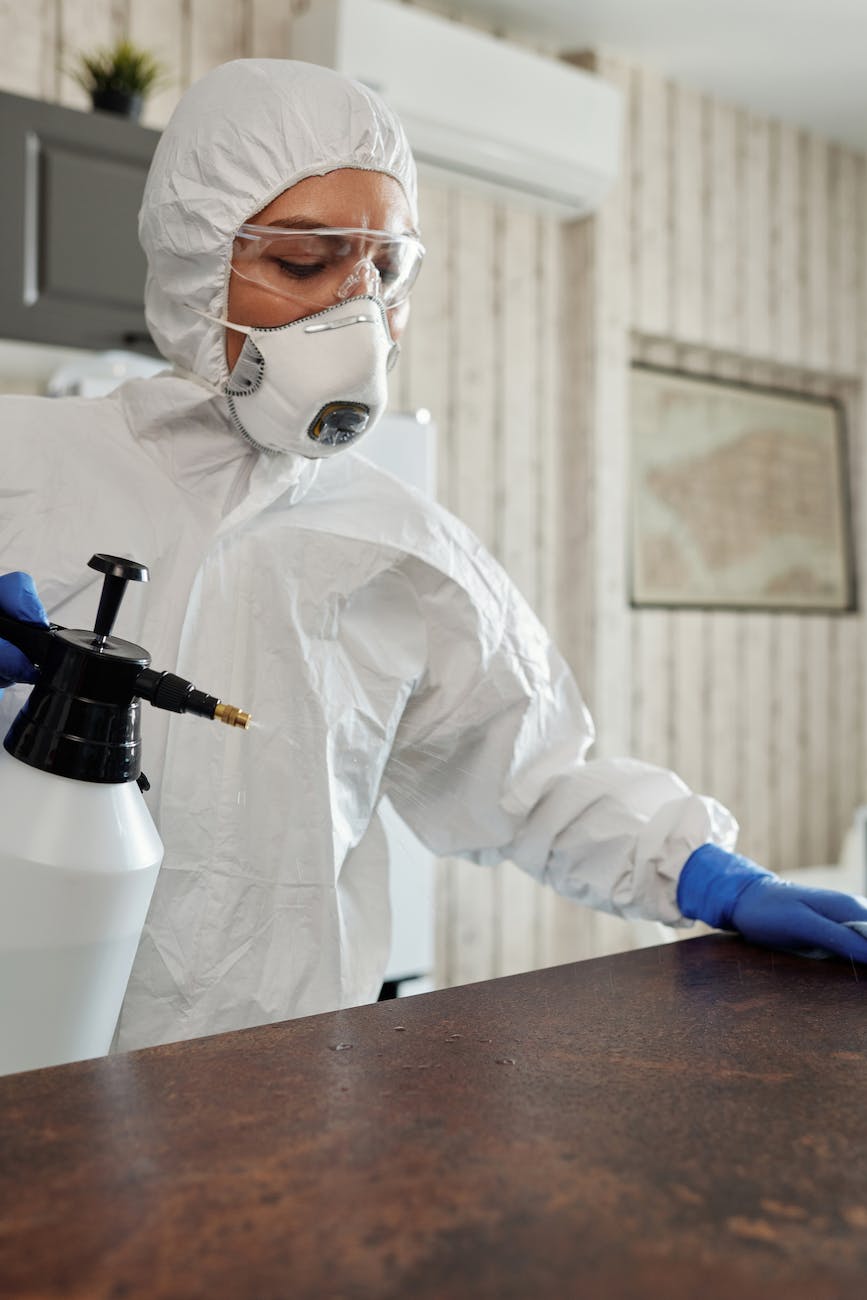
Safety Goggles: Personal Protective Equipment
Introduction
In today’s fast-paced world, safety remains a paramount concern across various industries. One of the key aspects of ensuring workplace safety is the use of Personal Protective Equipment (PPE). Safety goggles, an essential part of PPE, play a crucial role in safeguarding workers’ eyes from potential hazards. This article delves into the significance of safety goggles, their types, proper usage, and the impact they have on occupational safety.
The Importance of Safety Goggles
Protecting the Windows to the Soul
Human eyes are incredibly delicate and sensitive. They are also one of the most vulnerable body parts in many work environments. Safety goggles act as a shield against various potential threats, such as flying debris, chemicals, or harmful radiation. By safeguarding the eyes, these goggles prevent injuries that could otherwise lead to long-term damage.
Compliance with Regulations
Occupational Safety and Health Administration (OSHA) and other regulatory bodies mandate the use of safety goggles in specific work conditions. Adhering to these regulations not only prevents legal repercussions but also demonstrates an organization’s commitment to the well-being of its employees.
Types of Safety Goggles
Direct Vented Goggles
These goggles are designed with multiple perforations to allow maximum airflow. They are suitable for environments where impact risks are low, but protection against splashes and liquids is necessary.
Indirect Vented Goggles
Indirect venting prevents liquids or chemicals from splashing into the goggles, making them ideal for tasks that involve handling hazardous substances.
Non-Vented Goggles
Non-vented goggles provide complete protection from both direct and indirect threats. They are recommended for environments where there is a high risk of exposure to airborne particles, such as dust or pathogens.
Proper Usage and Maintenance
Finding the Right Fit
Ill-fitting goggles can compromise their effectiveness. It’s crucial to choose goggles that fit snugly and comfortably, ensuring a proper seal around the eyes.
Regular Cleaning
Maintaining clear visibility is essential for safe work. Goggles should be cleaned regularly with mild soap and water, and anti-fog solutions can be applied to prevent fogging during use.
Impact on Occupational Safety
Preventing Eye Injuries
Safety goggles significantly reduce the risk of eye injuries caused by various workplace hazards. This prevention not only avoids human suffering but also saves organizations from medical costs and potential legal liabilities.
Boosting Employee Confidence
Knowing that their employer prioritizes their safety by providing the right PPE, employees are more likely to feel valued and confident in their work environment.
Conclusion
In the realm of personal protective equipment, safety goggles stand as an indispensable guardian of the eyes. Their diverse types cater to different work conditions, and their correct usage can spell the difference between a safe work environment and a potential disaster. By investing in proper safety measures like goggles, organizations uphold their commitment to employee safety and well-being.
Safety Shoes OR Safety Boots: Personnel Protective Equipment
Safety Hand Gloves: Personal Protective Equipment
Industrial Safety Helmet OR Hard Hat: Personnel Protective Equipment
8 Types of PPE (Personnel Protective Equipment)
Personal Protective Equipment (PPE)
FAQs
- Why are safety goggles important? Safety goggles protect the eyes from potential hazards, preventing injuries and ensuring compliance with safety regulations.
- What are the different types of safety goggles? There are direct vented, indirect vented, and non-vented safety goggles, each designed for specific workplace risks.
- How do I choose the right safety goggles? Select goggles that fit well and comfortably, providing a proper seal around your eyes.
- Can safety goggles be reused? Yes, safety goggles can be reused after proper cleaning and maintenance.
- What industries require the use of safety goggles? Safety goggles are essential in industries such as construction, manufacturing, chemistry, healthcare, and any setting with potential eye hazards.
- Are safety goggles suitable for people who wear prescription glasses? Yes, there are safety goggles designed to fit over prescription glasses, ensuring both vision correction and eye protection.
- What should I do if my safety goggles get scratched? If your safety goggles are scratched, replace them as soon as possible to maintain clear vision and proper protection.
- Can safety goggles be used for outdoor activities like biking or sports? While safety goggles are primarily designed for workplace hazards, there are sport-specific goggles available for outdoor activities that require eye protection.
- Are there specialized safety goggles for specific chemicals or environments? Yes, there are safety goggles designed to provide protection against specific chemicals, radiations, and environmental hazards. Always choose goggles that are appropriate for your work environment.
























